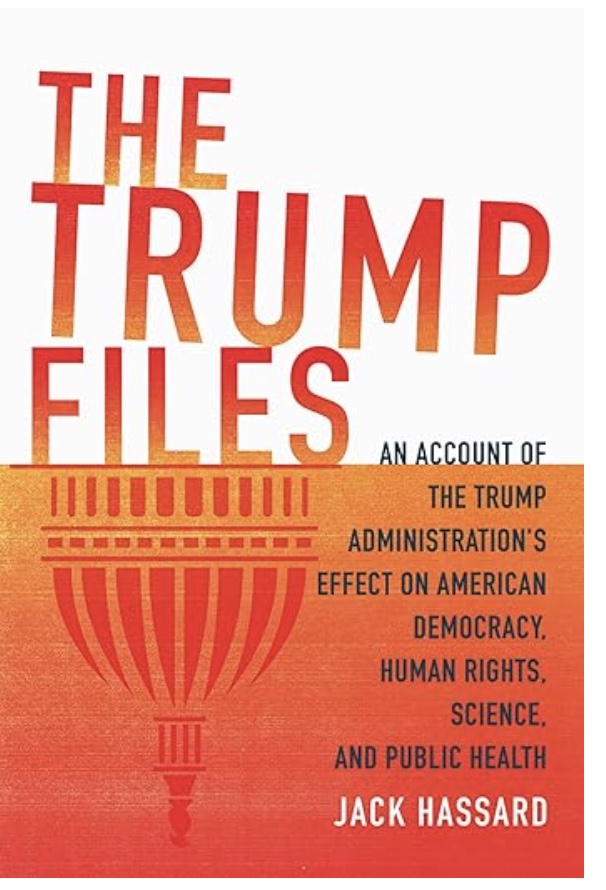These are resources that are available online. Some of these are e-books based on blog posts on The Art of Teaching Science. The e-books are cornerstone ideas of my blog.
You will find other books pertinent to the content of the blog.
e-Books




Books





Books













You must be logged in to post a comment.